For businesses seeking cost-effective and high-performance material solutions, choosing between non-woven sheet material and traditional textiles is crucial. This in-depth comparison explores key differences, advantages, and applications of nonwoven fabric sheets, helping you make informed decisions for your commercial needs. At Favourite Fab, we bring years of experience in the non-woven fabric sheet material industry and are here to share our expertise.
What is Non-Woven Sheet Material?
Unlike woven or knitted fabrics, non-woven sheets are created by bonding fibers through mechanical, thermal, or chemical processes. Instead of interlacing threads, fibers are interlocked, resulting in a strong and versatile sheet suitable for various applications.
Key Differences: Non-Woven vs. Woven/Knitted Fabrics
| Feature | Non-Woven Sheet Material | Woven/Knitted Fabrics |
|---|---|---|
| Production Method | Fiber bonding (mechanical, thermal, chemical) | Interlacing yarns (weaving) or loops (knitting) |
| Structure | Random or oriented fiber network | Ordered yarn structure |
| Strength | Engineered for specific strength needs | Generally strong in multiple directions |
| Drape | Varies based on production method | Typically good drape |
| Cost | More cost-effective for large-scale production | Can be more expensive, especially for complex patterns |
| Breathability | Customizable, from breathable to waterproof | Depends on yarn type and construction |
| Absorbency | Can be engineered for high absorbency | Depends on fiber type |
Types of Non-Woven Sheet Material
Based on Manufacturing Process
- Spunbond: Strong and durable fibers deposited directly onto a conveyor belt and bonded.
- Meltblown: Fine fibers created using high-velocity air, ideal for filtration.
- SMS (Spunbond-Meltblown-Spunbond): Combines strength and barrier properties, widely used in medical applications.
- Composite Non-Woven: Combines different non-woven fabrics or incorporates films/foams for specific properties.
Based on Material
- Polypropylene (PP): Affordable, versatile, and chemical-resistant.
- Polyester (PET): Stronger and heat-resistant, suitable for demanding applications.
- Other Materials: Rayon, viscose, and natural fibers for customized applications.
Advantages of Non-Woven Sheet Material
- Cost-Effective: Faster, more efficient production lowers costs.
- Versatile: Engineered for strength, absorbency, breathability, and water resistance.
- Lightweight: Ideal for applications where weight matters.
- Durable: Resistant to tearing, based on manufacturing method.
- Hygienic: Used in medical applications for infection control.
- Customizable: Available in various colors, textures, and prints.
- Special Properties:
- Breathable – Ideal for comfort and moisture control.
- Waterproof – Essential for protective applications.
- Absorbent – Crucial for wipes and medical dressings.
- High Strength – Required for tear- and abrasion-resistant uses.
Applications of Non-Woven Sheet Material
Industry-Specific Uses
- Medical: Masks, gowns, drapes, wound dressings, surgical packs.
- Hygiene: Diapers, sanitary napkins, incontinence products, wipes.
- Agriculture: Crop covers, weed control fabrics, root control bags.
- Filtration: Air filters, liquid filters, vacuum cleaner bags.
- Packaging: Protective packaging, shopping bags, gift wrap.
- Geotextiles: Erosion control, soil stabilization, drainage systems.
- Automotive: Headliners, carpets, insulation.
- Construction: Roofing underlayment, house wrap, insulation.
- Apparel: Interlinings, shoe linings, disposable clothing.
- Home Furnishings: Furniture backing, mattress components, cleaning cloths.
Choosing the Right Non-Woven Sheet Material
Key Factors to Consider
- GSM (Grams per Square Meter): Indicates weight and thickness. Higher GSM means thicker, stronger material.
- Material Type: PP, PET, or blends for desired properties.
- Manufacturing Process: Spunbond, meltblown, SMS, or composite.
- Desired Properties: Breathability, water resistance, absorbency, strength.
- Customization: Color, print, branding options.
- Cost: Prices vary based on type, GSM, and quantity.
- Reliable Suppliers: Ensure quality by sourcing from trusted non-woven sheet material manufacturers.
Favourite Fab: Your Trusted Non-Woven Supplier
At Favourite Fab, we provide high-quality non-woven sheet material tailored to diverse applications. Our commitment to quality and customer service sets us apart.

Get Free Sample Kit Of Our Fabric At Your Door Step
- Online Order
- Door Delivery
- 1-Click Quotation
Why Choose Us?
- Experience: Years of industry expertise.
- Expertise: Deep knowledge of non-woven materials and applications.
- Authoritativeness: Recognized industry leader.
- Trustworthiness: Transparent, high-quality solutions.
We understand selecting the right material can be challenging. Contact us for guidance and customized solutions.
Contact Us
- Email: sale@favouritehub.com
- WhatsApp: 9528811566
Frequently Asked Questions (FAQ)
Q: What material is non-woven?
A: Typically made from synthetic fibers like polypropylene (PP) or polyester (PET), but also from rayon, viscose, or natural fibers.
Q: Is non-woven material waterproof?
A: Some non-woven fabrics are inherently water-resistant, while others can be treated for waterproofing. Meltblown and SMS fabrics have excellent barrier properties.
Q: What are the three main types of non-woven fabric?
A: Common types include:
- Spunbond (known for strength)
- Meltblown (known for filtration)
- SMS (a combination of spunbond and meltblown layers)
Q: Is non-woven fabric good?
A: Yes, non-woven fabric is a cost-effective, versatile material suitable for many industries. It offers strength, absorbency, and barrier properties based on its construction.



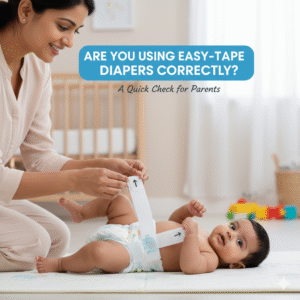
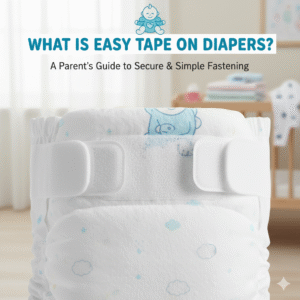
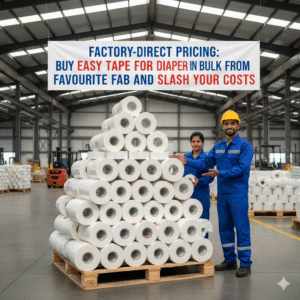
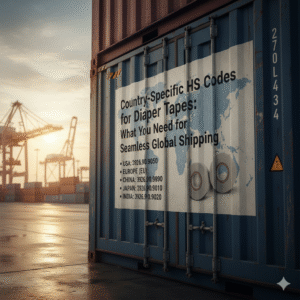
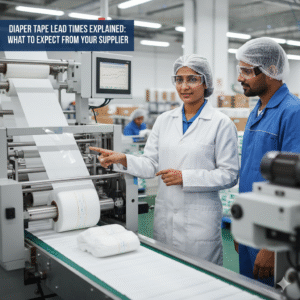
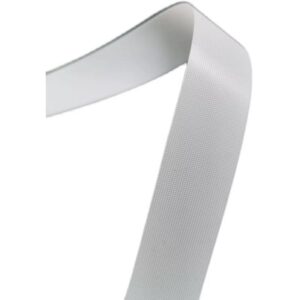
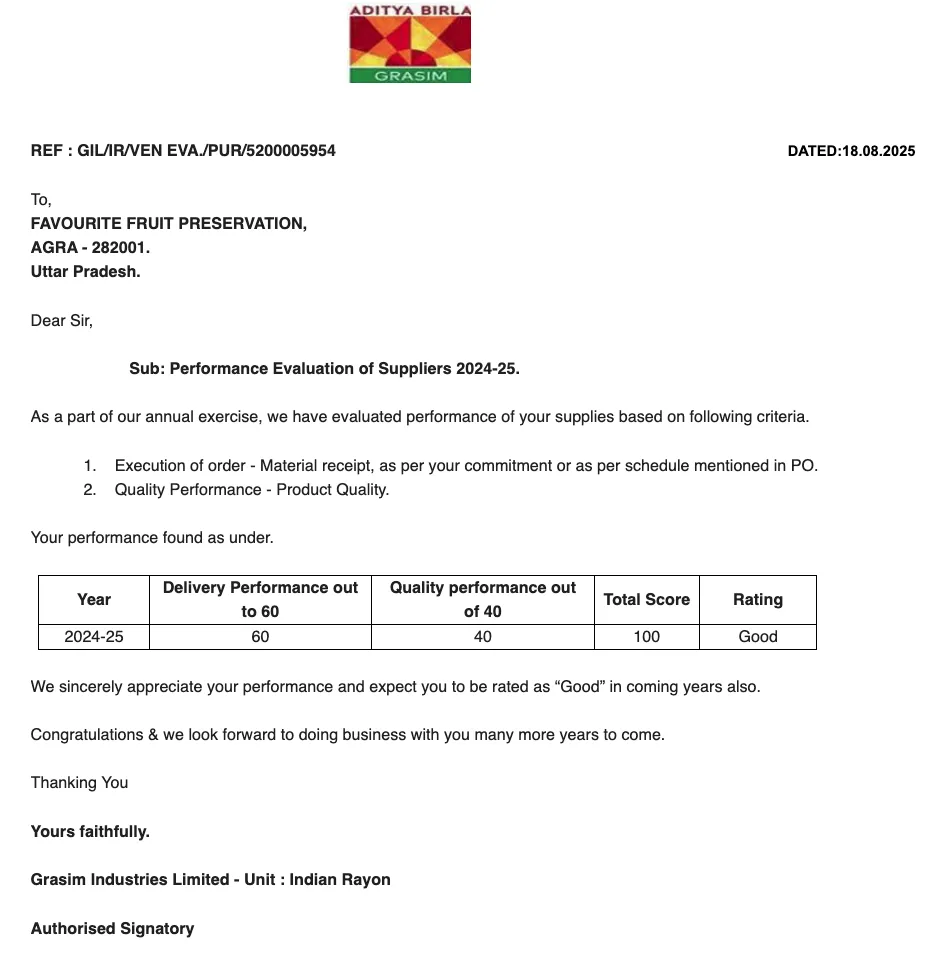




























We Do Business On Trust.Our Nonwoven fabric Business is Built on trust. Trust starts with Transparency.
Mr.Ramniwas Garg Founder Of Favourite Group